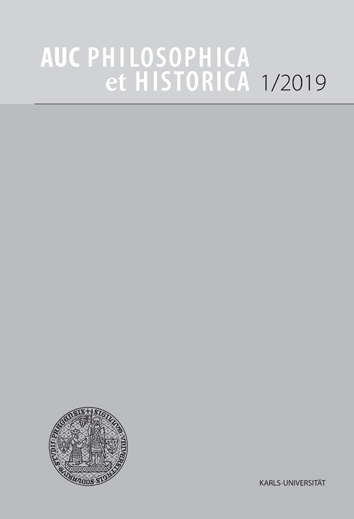Bischof Thiddag und das Bischofsideal der Reichskirche am Anfang des 11. Jahrhunderts
Bishop Thiddag and the Ideal of Bishop in the Imperial Church in the Beginning of the 11th Century
Author(s): Drahomír SuchánekSubject(s): History, Special Historiographies:
Published by: Univerzita Karlova v Praze, Nakladatelství Karolinum
Keywords: bishop; Imperial Church; Holy Roman Empire; 11th century
Summary/Abstract: The paper thinks through the development of the ideal of the bishop in the 10th and 11th century. It points out the transformation of the former picture of an ascetic prelate to the self-confident administrator of the entrusted diocese, as it is given by the sources presenting the life and career of the bishop of Prague – Thiddag. While the sources of the 10th century give us the monkish ideal of the bishop’s work, a rather traditional model of a saintly bishop, living a humble life, devoted to the asceticism and fulfilling his duties diligently, but with a certain self-denial; the ideal of the 11th century shifts to the selfconfident bishops, managing their administrative duties and even the mundane tasks without any trouble, not desiring to run away to the monastic solitude or regretting their work for the Empire. Their relationship towards their diocese is confirmed by the efforts to enlarge its properties and rights, fulfilling thusly the work begun by their predecessors. The comparison focused on the development of the ideal of the bishop allows us to think deeply about the circumstances and causes bringing the changes of the priorities of the bishops in this very important period leading to the Gregorian reform.
Journal: Acta Universitatis Carolinae Philosophica et Historica
- Issue Year: XXV/2019
- Issue No: 1
- Page Range: 89-100
- Page Count: 12
- Language: German

